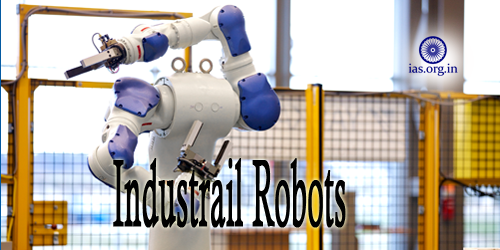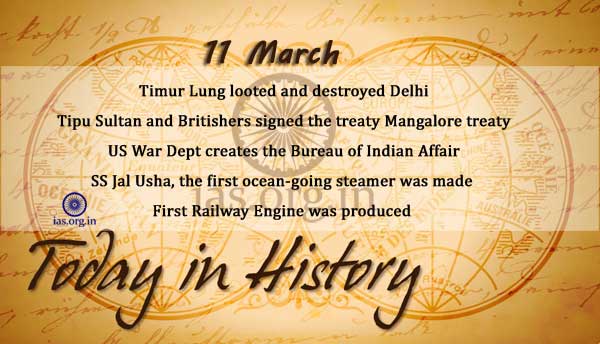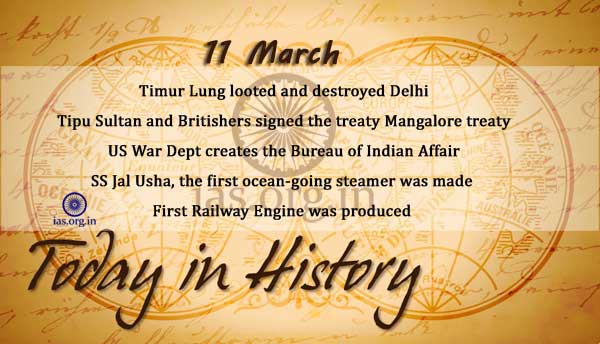Frustration usually occurs when our intended personal goals and dreams are not met. We may feel frustrated whenever we reach one of our goals, we feel pleased and whenever we are prevented from reaching our goals, we may succumb to frustration and feel irritable, annoyed and angry. Typically, the more important the goal, the greater the frustration and resultant anger or loss of confidence.
Frustration will occur whenever your actions are producing less and fewer results than you think they should.
There is a saying “Frustration begets anger and anger begets aggression.” Direct anger and aggression is expressed toward the object perceived as the cause of the frustration. Following some ways will help you coping up with frustration.
Ways to Overcome Frustration are:
Accept reality
Yes, something bad happened. Don’t spend your day imagining how beautiful life could be if it wasn’t for that stupid incident or mistake. This is it. It is frustrating, no doubt about it, but rejecting this reality will not lower the frustration, on the contrary, will make it stronger and stronger.
Read Also: How to Improve Your Communication Skill?
Stop blaming yourself
May be the cause of your frustration is something of your own doing. Accept that and try to find solutions rather than blaming yourself incessantly. It will only put you in a negative mode which will do more harm than good. It’s your fault; accept that and move on.
Don’t talk while you’re still angry
The expression of strong, negative feelings rarely breaks a relationship. If you are often frustrated or angry at a particular person, a calm discussion is much more likely to be productive. Step away until you’ve calmed down.
Treat yourself
Frustration can build tension and anxiety, which can have deleterious effects on our mood. By improving your self care especially care of your body, you can relax and let go of the feelings that were stirred up by frustration. Seriously consider taking a bath, going for a walk, baking a nice loaf of bread, or reading a book. These slow, soothing activities can help change your mood to calm and focused.
Read Also: How to make an Effective routine?
Shift your focus
It’s so easy to get caught in a spiral of anger and despair when you’re frustrated. Shift your focus by engaging in small but demanding activities. Get involved. Do take the necessary steps to get over the frustrating situation, but do not ignore everything else around you.
Take a hot bath or sleep it off
Relaxing your mind by either taking a long hot bath or sleeping it off will do wonders for your tired mind. Being angry or frustrated can make us weak and vulnerable to stress.
Spend time with supportive people
Find friends you can talk to about your frustrations, who will listen and won’t judge you. If you do not have close friends you feel comfortable doing this with, find someone who can provide good company during frustrating tasks. Social time is generally beneficial to the regulation of mood. Even if a problem seems obvious, discussing it may help you discover hidden issues such as low self-esteem or specific anxieties.
Try to be positive
Try to think of the other difficult times that you have encountered and yet succeeded in the past. Say to yourself, this too will pass, as it always does. It may not be an easy thing to do, but if we try to count our blessings and see where we have triumphed in the past, we can see that there is no way that we cannot get through this as well.
Also Read: How to Utilise Time Effectively
Journal it
Write down all your fears, all your sensations and describe them in great detail. Do it until you feel you can’t do it no more. You’re going to feel incredibly better. Writing has this side effect of lowering what you write about, making it more manageable. Just try it.
Write about your past successes
Just sit down at a table and remember all your breakthroughs. Or only the most important ones. Seeing yourself succeeding will definitely weaken that burden you still carry and help you overcome frustration faster.
Focus on your breathing
Sit down, close your eyes and just focus on the air going and out of your nose for 1-2 minutes. Take calm and slightly deeper breaths than usual and breathe with your belly and not your chest.
Go to a party
Not to be abused and transformed into some sort of escapism but extremely useful to lower your shirtiness. Go out, mingle and see if you can wipe out your frown from your face. You can get back to your problems later, when your body and mind will be more balanced. After the hangover, of course.
Don’t Miss: How to Improve your Reading Speed?







